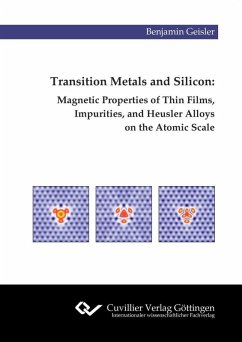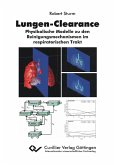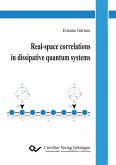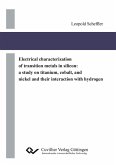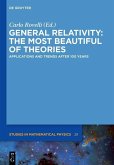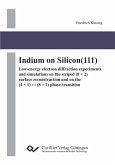The present, richly illustrated book takes the reader on a tour through the field of modern spintronics, discussing key aspects such as ferromagnetic thin films, dilute magnetic semiconductors, and magnetic tunnel junctions. It demonstrates different approaches to a detailed understanding of magnetism and materials properties on the atomic scale, as required by the ongoing miniaturization of electronics. Due to their technological relevance, the focus lies on silicon and different transition metals like chromium, manganese, and iron.
Among others, the following questions are addressed from the viewpoint of state-of-the-art computational physics: Is the scanning tunneling microscope capable of resolving even complex film atomic structures? How can we use its spin-sensitive form to gain insight into interactions of magnetic impurities in bulk semiconductors? Why is chromium-doped silicon especially interesting? Does one need a Seebeck coefficient to obtain spincaloric properties ab initio?
Dieser Download kann aus rechtlichen Gründen nur mit Rechnungsadresse in A, B, BG, CY, CZ, D, DK, EW, E, FIN, F, GR, HR, H, IRL, I, LT, L, LR, M, NL, PL, P, R, S, SLO, SK ausgeliefert werden.

